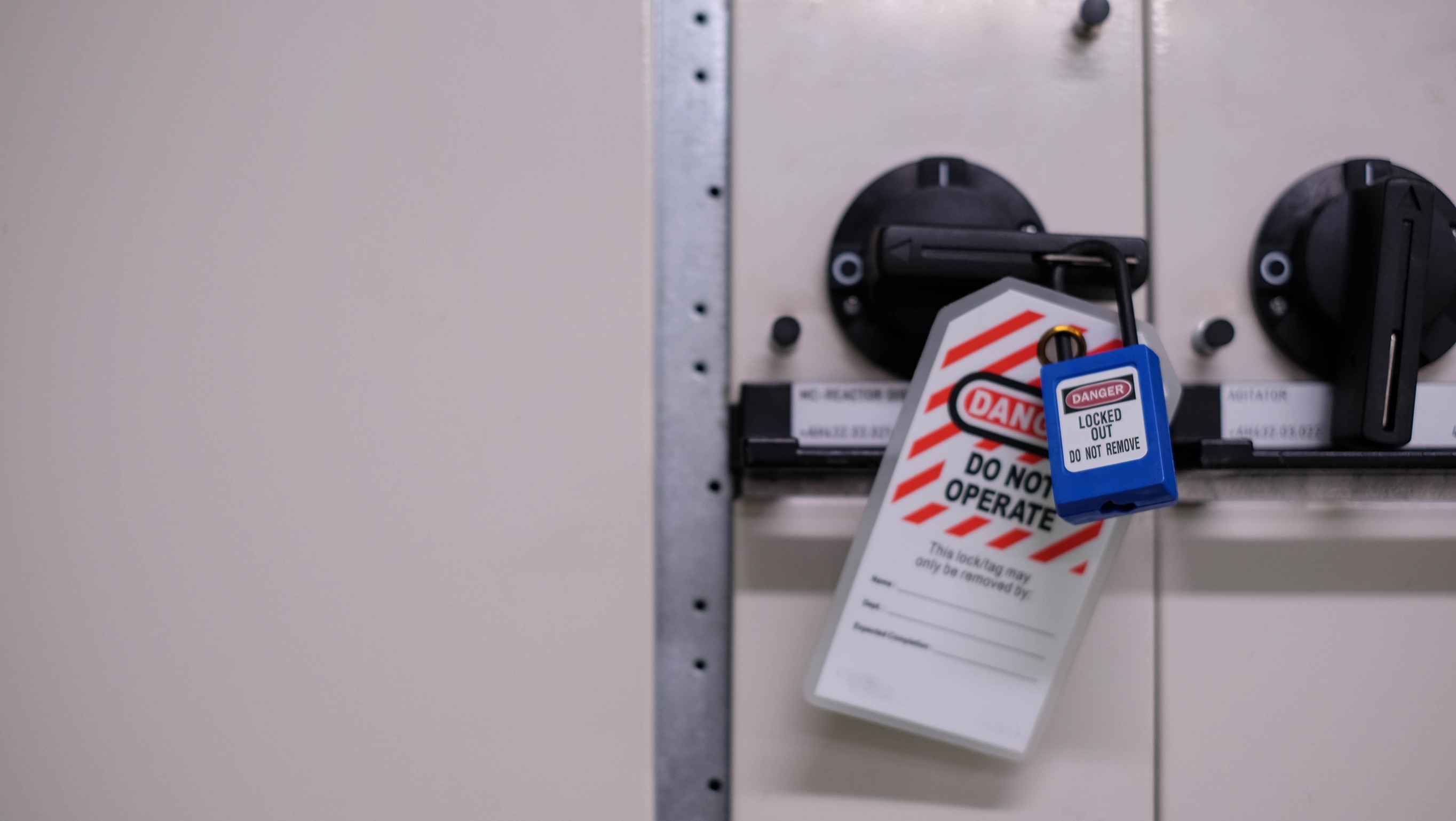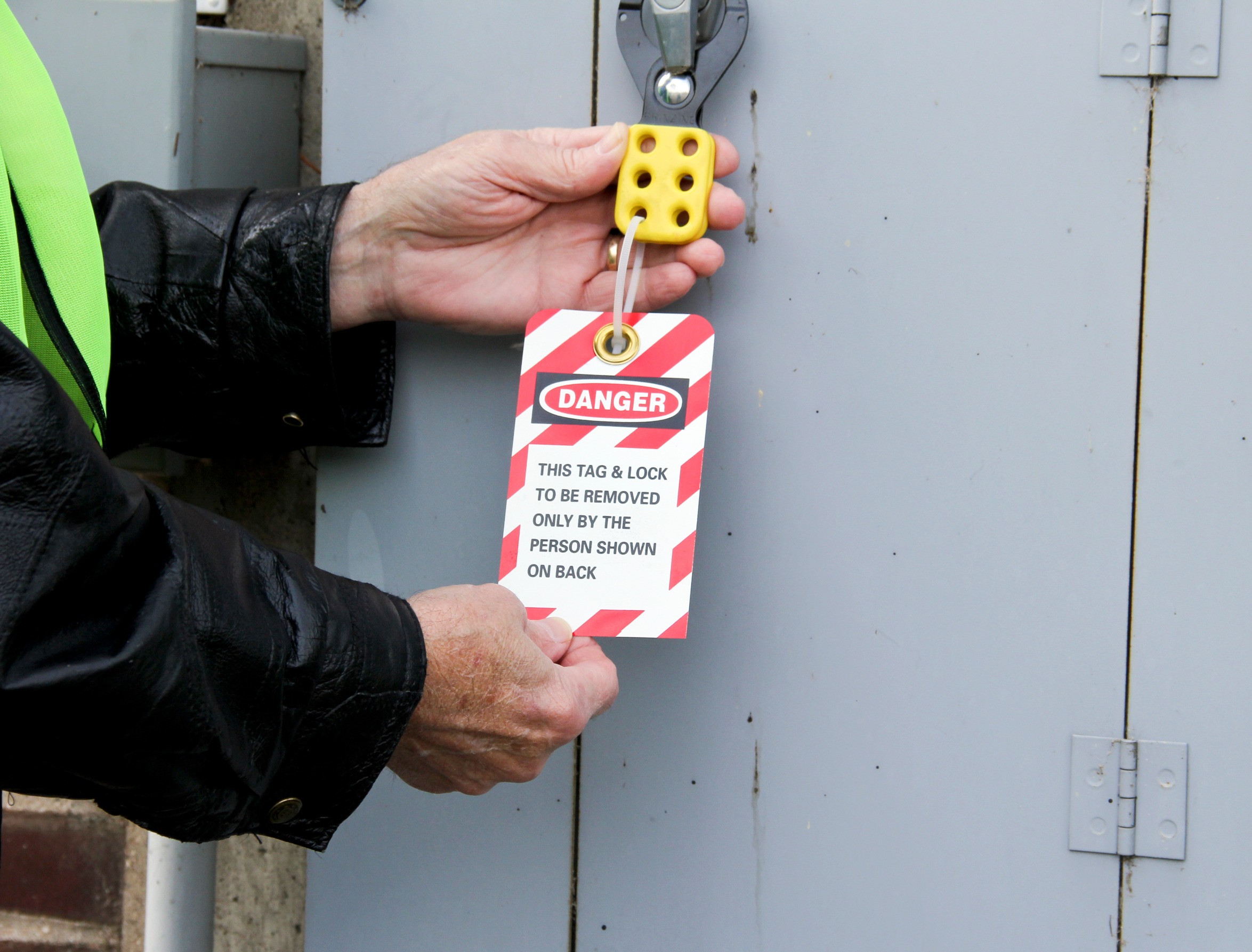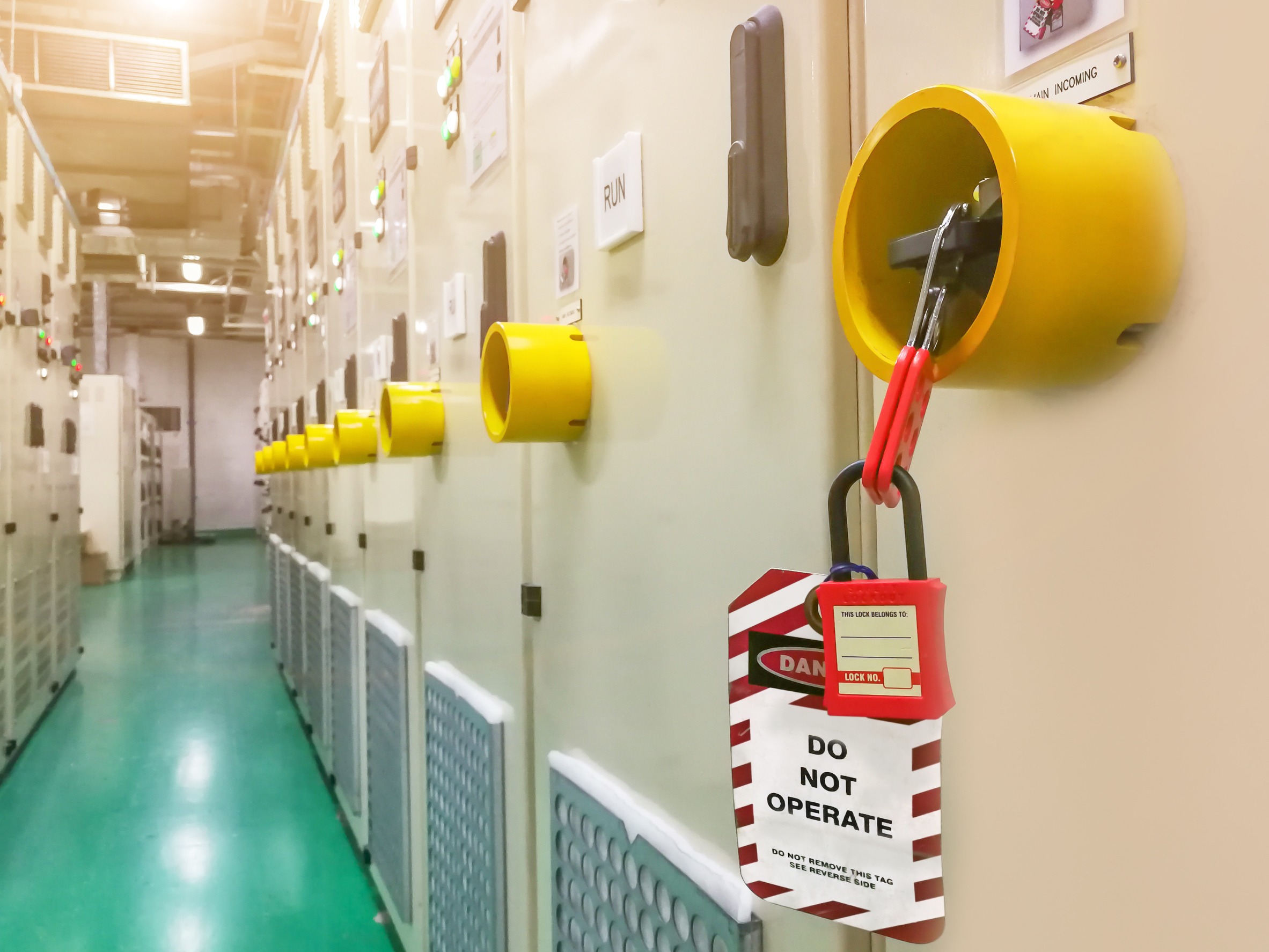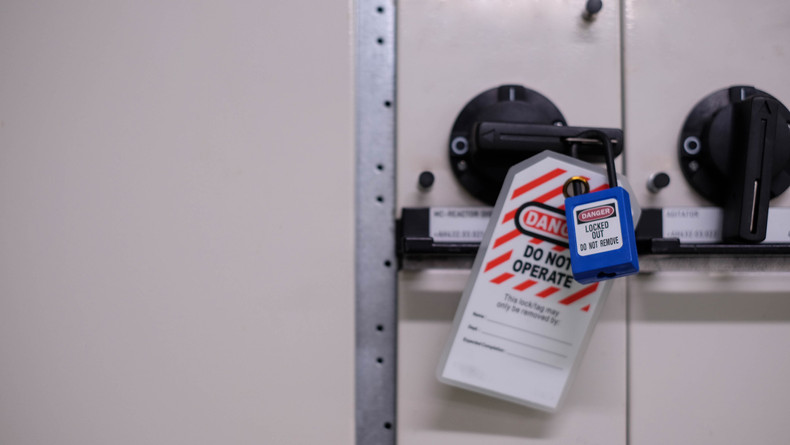
Key Components of a Lockout Tagout Program
Servicing, cleaning, repairing, or maintaining machinery comes with a great deal of risk, especially if that equipment involves controlling or containing hazardous energy. Exposure to such energy – whether it be mechanical, electrical, hydraulic, pneumatic, chemical, or thermal energy – could result in injury or death.
That’s why employers need to implement the right procedures, follow the right protocols, and maintain the highest standards when servicing sources of hazardous energy. Not doing so will put your employees at risk and your business’ reputation on the line – two things that only create more complications and issues.
With millions of workers – most of whom are craft workers, electricians, machine operators, and laborers – servicing hazardous equipment every day, the need for proper safety measures has never been higher. Don’t worry – OSHA has your back and is, once again, here to save the day with its regulatory standards.

Meeting OSHA Lockout Tagout Standards
Most of us know what OSHA is. Short for Occupational Safety and Health Administration, OSHA was created by Congress thanks to the Occupational Safety and Health Act of 1970 and operates under the United States Department of Labor. They’re responsible for ensuring safe and healthy working conditions.
The Control of Hazardous Energy (Lockout/Tagout) (29 CFR 1910.147) is a regulatory standard created by OSHA for those who contain or control hazardous energy. Let’s take a look at some of the specific requirements laid out by the OSHA’s LOTO:
- Companies must create and enforce an energy control program
- Companies must encourage the proper use of lockout devices and tagout devices
- Companies must identify and create procedures for equipment that can’t be locked out
- Only use equipment and devices as they are intended to be used
- Companies must inspect their hazardous energy control procedures annually to ensure effectiveness
- Companies must make sure all employees are trained on proper protocols
When hazardous energy is released into the open air, time is of the essence. Workers need to disable the machinery or equipment to prevent that release, which requires a certain level of knowledge, training, and awareness. Don’t worry – it’s a small price to pay for the health, safety, and well-being of your employees.

5 Key Elements of a Lockout Tagout Procedure
Businesses are expected to implement a quality lockout tagout program, but most business owners don’t know where to start when creating one. If this sounds like you, then we recommend speaking to an OSHA Compliance Assistance Specialist (CAS), who can help ensure you comply with OSHA’s regulations.
It’s important to understand that creating a lockout tagout program is a process. Every program contains more than 80 different elements and it takes time to identify and define each one, but there are five key elements that are more important than the rest. Let’s take a look at what they are and how to comply:
Lockout Tagout Procedures
Your lockout tagout procedures need to be clearly documented on an easy-to-read, laminated piece of paper and left by the machine or piece of equipment it’s referring to. This document should tell workers how to shut down, isolate, block, and secure the equipment when hazardous energy is released.
Energy Control Points
Businesses need to make sure they locate and identify energy control points – which include any valves, switches, breakers, or plugs – to ensure workers know where they are at all times. When labeling the isolation points, use colors, fonts, and styles that are consistent with your energy control procedure documents.
Lockout Tagout Training
Companies need to make sure they’re properly training their employees to follow protocol in hazardous situations. They should have employee training for authorized employees (most at-risk), affected employees, and all other employees who might be in the surrounding area when tragedy strikes.
Lockout Tagout Devices
A lockout tagout device or energy isolating device is responsible for de-energizing large equipment and machinery in an effort to reduce exposure to hazardous energy. By preventing the transmission and release of energy, a lockout device helps workers temporarily reduce the risk of injury or death while they perform maintenance.
Periodic Inspections and Audits
The final element of a quality lockout tagout program is making sure you thoroughly and diligently inspect and audit your program to ensure it meets industry standards on a yearly basis. Since regulations and requirements change every year, it’s important for businesses stay up-to-date and informed.

Benefits of a Quality Lockout Tagout Program
A lockout tagout program defines the proper procedures workers must take when containing or controlling hazardous energy. It ensures all employees are on the same page when disaster strikes and allows issues to be addressed and fixed in a timely manner – a key characteristic of any successful business.
Here are some of the most prominent benefits of implementing a quality lockout tagout program:
- Prevents accidental energization of stored energy and improves workplace safety
- Ensures your business is complying with regulatory standards
- Reduce preventable injuries and injury-related deaths
- Improves efficiency and productivity in the workplace
- Prevents damage to the equipment and machinery
- Build trust and credibility with your employees
When implemented correctly, a lockout tagout program could be the difference between life and death. Since your business relies on the hard work and dedication of its employees, campaigning for their well-being and ensuring a suitable environment for them to work in are a must – no matter the industry.
Staying Compliant With ADA Central
One of the key elements to complying with OSHA’s The Control of Hazardous Energy (Lockout/Tagout) (29 CFR 1910.147) is ensuring all energy control points are located, identified, and clearly marked. That means displaying easy-to-read and eye-catching signs in areas where hazardous energy is controlled.
At ADA Central, we manufacture high-quality signs that are used in facilities and warehouses around the world. While a majority of our signs are designed to help your company comply with ADA requirements, they can also be used to comply with certain OSHA standards – including the lockout tagout initiative.
To learn more about how we can help you better comply with the regulations that matter most, don’t hesitate to reach out to us at (308) 221-8226 – you can also visit our online shop to start seeing some of the options we have available. And don’t worry, we can manufacture custom signs for just about anyone.

